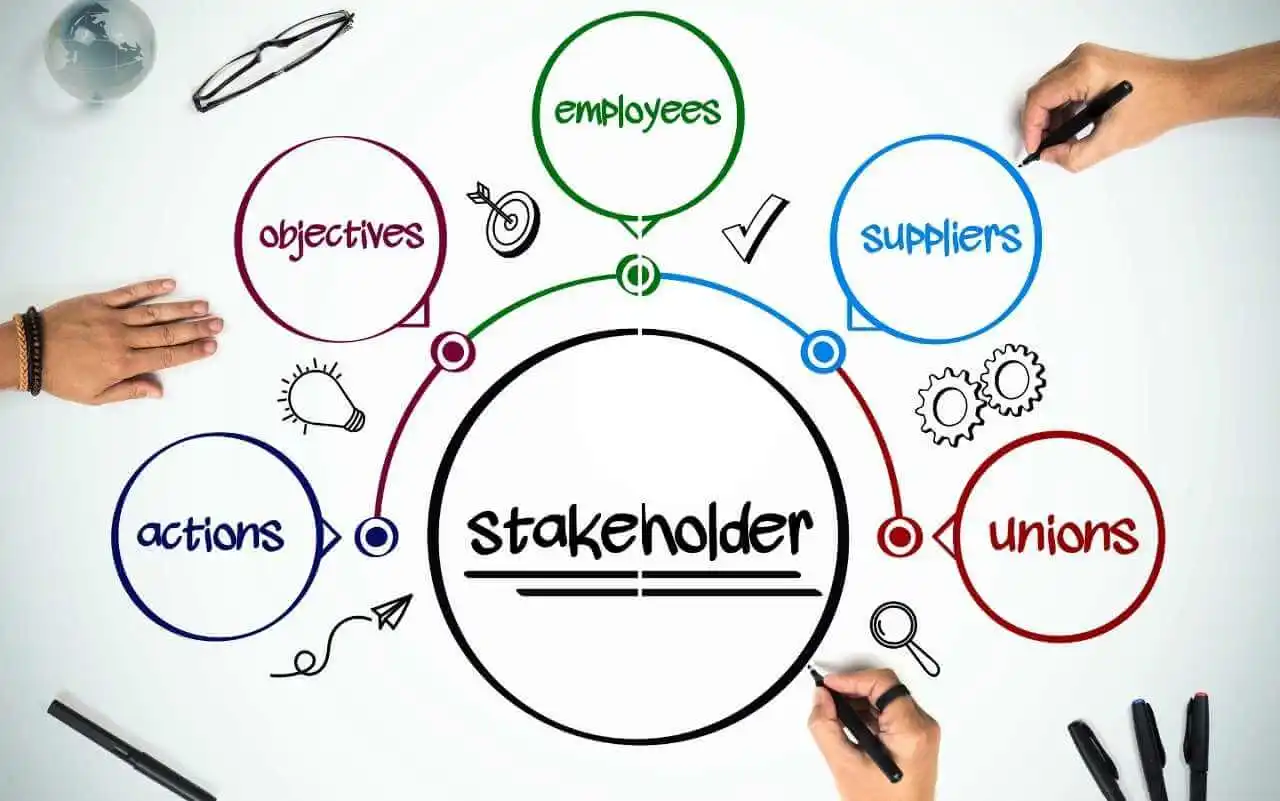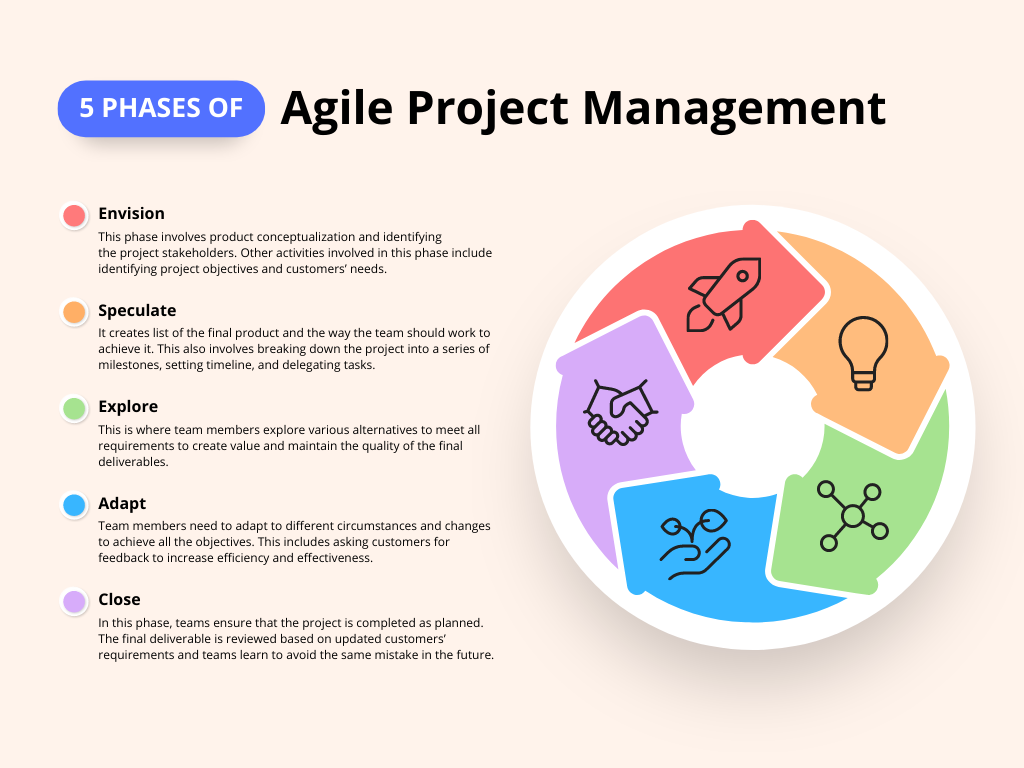
When it comes to project management methodologies, two approaches often stand out: Waterfall vs Agile. These methods are like two different paths on a project management journey. But how do you know which path to take? Let’s dive in and explore both, so you can choose the right method for your next project.
Understanding Waterfall Project Management
Let’s start with the Waterfall method. Imagine you’re building a house. You begin with a solid foundation, followed by the framework, and finally, the finishing touches. Each step must be completed before moving on to the next—this is the essence of Waterfall project management.
The Waterfall approach is linear and structured. You gather all the requirements upfront, design the solution, develop it, test it, and then deploy it. Everything flows in one direction, much like water cascading down a waterfall. This method is perfect for projects where the requirements are clear and unlikely to change. Think of projects like constructing a building or implementing a well-defined software system. The predictability of Waterfall project management makes it a reliable choice when you know exactly what needs to be done.
However, what if your project is more complex, with changing requirements or the need for ongoing customer feedback? This is where the Agile method comes into play.
Agile Project Management: Flexibility in Action
Now, let’s take a look at Agile project management. Picture yourself hiking through a forest. You have a general idea of where you want to go, but the path isn’t entirely clear. As you move forward, you adjust your route based on the terrain, weather, or even your energy level. Agile project management is all about flexibility and adaptability.
With the Agile approach, projects are broken down into small, manageable chunks called “sprints.” Each sprint is like a mini-project with its own planning, development, and review phases. This method allows you to adjust your course as you go, making it easier to incorporate changes and feedback. For example, if you’re developing a new app, you can start with basic features, gather user feedback, and refine the product in subsequent sprints.
Agile project management is ideal for projects where requirements are expected to evolve, or when close collaboration with stakeholders is essential. It’s a great choice for projects like software development, where customer needs may change during the development process. The ability to adapt quickly makes Agile project management a powerful tool in dynamic environments.
Waterfall vs Agile: Which Should You Choose?
So, how do you decide between Waterfall vs Agile? It really depends on your project’s needs.
- Choose Waterfall if your project has well-defined requirements, a clear scope, and a predictable timeline. This approach is excellent for projects where you can plan everything in advance, like construction or system implementation.
- Choose Agile if your project requires flexibility, frequent feedback, and the ability to adapt to changes. Agile is perfect for dynamic projects like app development or any project where customer needs might evolve.
Conclusion
Both Waterfall and Agile have their strengths. The key is to understand your project’s unique requirements and choose the method that best aligns with them. Whether you go with the structured approach of Waterfall project management or the adaptive nature of Agile project management, the goal is to ensure your project is successful.







